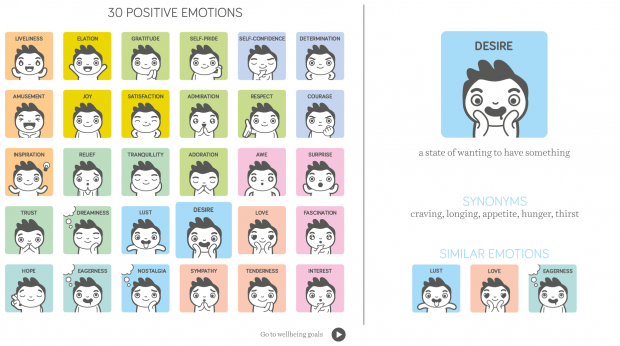By Vota, R.M.
In current behavioural approaches to Design for Sustainability, collectively labelled Design for Sustainable Behaviour (DfSB), the main focus is on “mitigating, controlling or blocking unsustainable or inappropriate behaviour by users” (Lilley, Lofthouse & Bhamra, 2005). The concept of sustainability appears limited to restraining the environmental impact of behaviours, often at the detriment of people’s subjective wellbeing. However, as positive environmental psychology and UN recent efforts testify, personal and environmental wellbeing are not only compatible, but even mutually supportive aspects of sustainability. A research has hence been conducted to explore how design can address environmental sustainability and subjective wellbeing as complementary aspects of sustainability.
An analysis of current DfSB theory and practice has underlined numerous key differences between DfSB and Positive Design culture, highlighting the need to increase the positivity of Design for Sustainability. Positivity has been here defined as consisting of five components: possibilities, rather than problems, as design driver; centrality of people, rather than products/technologies; optimistic, rather than critical, view on users; focus on wellbeing and experiences, rather than behaviours only; affirmative support of people’s goals, rather than their obstruction. Moreover, the research has stressed the necessity of theoretical and practical supportive means for designers addressing sustainability.
Through observations of sustainability-related design activities, a rich map of factors influencing the design approach has emerged. Key factors include: detachment from/overcoming of traditional DfSB thinking; confidence in Positive Design mind-set and methods; confidence in sharing unconventional ideas within the team; amicability and playfulness of the design environment; interest and empathy towards people’s positive experiences.
Focusing on the last factor, a design method and a set of design tools and techniques have been conceived and developed to validate the effects of an experience-driven approach on the positivity of Design for Sustainability. The proposed methodology is built around three key points: positive experiences as focus of preliminary design explorations; empathic understanding of the components and mechanisms underlying the experiences; exploration of short- and long-term effects of experiences on both personal and environmental wellbeing.




